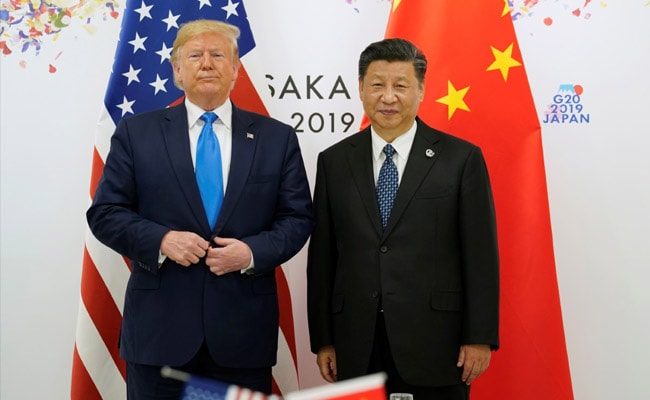New Delhi:
Indian manufacturing is facing the brunt of the U.S.-China conflict over the incoming Trump administration’s threat of a trade and tariff war and Beijing’s retaliatory measures.
In recent years, India has experienced rapid growth in key sectors such as solar power generation, electronics, and mobile manufacturing, especially in the automotive sector such as electric vehicles and EVs, under its flagship ‘Make in India’ programme. All have an impact either directly or indirectly. We rely on raw materials, parts and accessories sourced from China.
As China prepares for an imminent showdown with the United States, which could come just days after Donald Trump returns as president on January 20, Beijing has already As a warning that a direct confrontation with the United States could lead to a confrontation with the United States, it has taken several precautionary measures. suffering from trade wars.
China has placed restrictions on exports of solar panels, their components, mobile phones and other equipment, as well as key raw materials, essential rare earth minerals, components, and high-tech equipment and machinery needed to make electric vehicles and batteries. .
These restrictions apply not only to direct exports to the United States, but also to other countries that use restrictions to manufacture finished products shipped to the United States.
In December 2024, China banned the export of gallium and germanium, which are essential for the production of solar cells. Shortly after, it also banned antimony, which is essential for semiconductors and vital defense technology. Earlier this month, the Chinese government also announced that it would add lithium extraction technology and battery cathode technology, which are essential for EV battery manufacturing, to the export control list.
As the United States has reduced its dependence on China for a large portion of its overall imports, Washington has increasingly turned to New Delhi in recent years as an alternative to finance deficits. Therefore, although China’s recent restraint measures are aimed at the United States, they are indirectly hurting India as well.
Ajay Srivastava, founder of economic think tank GTRI, said: “Indian companies in the electronics, solar power and EV sectors are facing major delays and disruptions as China blocks exports of raw materials and machinery.” “India is particularly vulnerable to China’s export controls,” he added. This is because many industries rely on Chinese machinery, intermediate products, and parts. ”
“This signals an escalation of geopolitical tensions and trade wars,” he added. “We hope that India-specific restrictions will be lifted soon as they will also hurt China.” Ta.
India’s imports from China increased from $98.5 billion in 2022-23 to $101.73 billion in 2023-24.
The think tank even suggested that China’s move could be double-edged, as Beijing has been unhappy for some time with New Delhi’s restrictions on Chinese investment and visa restrictions for its citizens.
In 2020, shortly after deadly clashes between Indian and Chinese troops in the Galwan Valley in eastern Ladakh, the Indian government announced that countries sharing land borders with India should seek approval for investments in all sectors. Obliged. The move was also made keeping in mind India’s national security objectives in its unstable neighbour.


